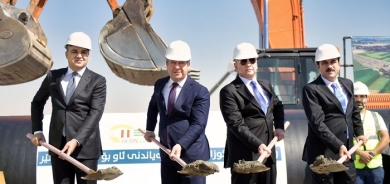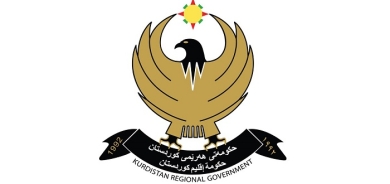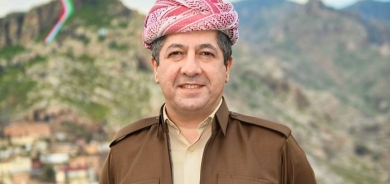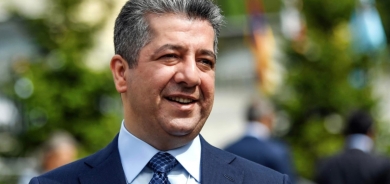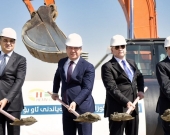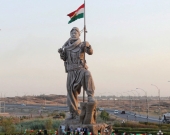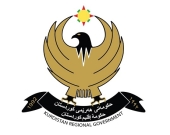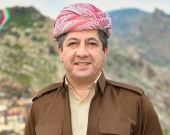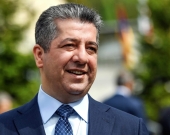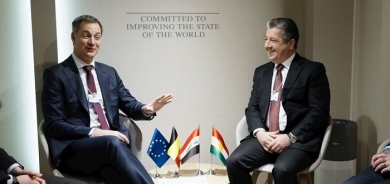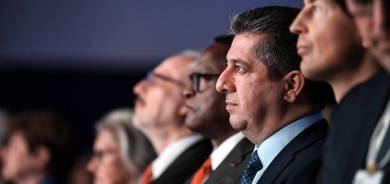On This Day in History: The Dual Returns of Mustafa Barzani, Iconic Kurdish Leader
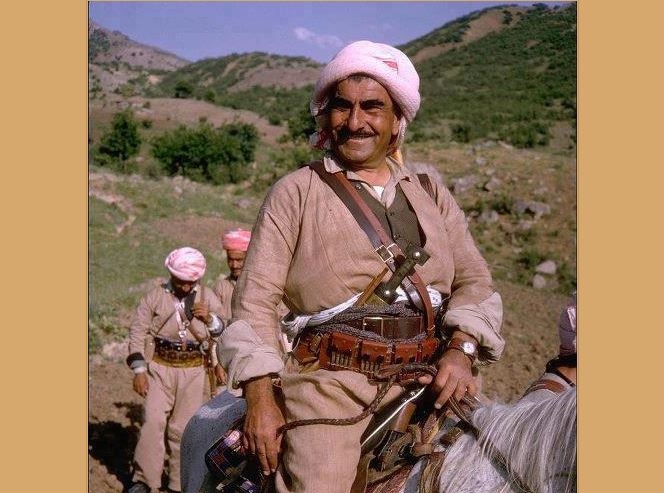
Today marks a significant day in Kurdish history, commemorating two monumental returns of the legendary national leader, Mustafa Barzani, to South Kurdistan. Each return, one in life and one in death, carried profound significance for the Kurdish people and their national struggle.
Barzani’s First Return: October 6, 1958
The first pivotal moment occurred on October 6, 1958, when Mustafa Barzani made his triumphant return to Iraq and South Kurdistan after nearly 12 years of exile in the former Soviet Union. His homecoming followed the July 14 revolution of the same year, led by Abdul Karim Qasim, which had successfully overthrown the monarchy and established a republican system in Iraq. The new regime, which enshrined Kurdish-Arab brotherhood in Article 3 of the constitution, welcomed Barzani as a key figure in shaping Iraq’s future.
Barzani’s return was a watershed moment for the Kurdish cause. Jubilant crowds greeted him as he traveled from Basra to Baghdad and into the Kurdish regions. His presence ignited hope for a peaceful and cooperative future between Kurds and Arabs under the new republican system. Qasim personally invited Barzani to aid in building the post-revolutionary state, marking a brief but significant period of unity.
However, this era of hope soon unraveled. Arab nationalist factions within Qasim’s regime sought to undermine Kurdish influence, sowing distrust between Barzani and the Iraqi leader. By 1961, the relationship had deteriorated to the point where Qasim launched a military campaign against the Kurdish regions, sparking the September Revolution. The conflict would rage until the March 11 Agreement of 1970, which recognized Kurdish autonomy, although the peace would ultimately be short-lived.
Barzani’s Second Return: October 6, 1993
Thirty-five years after his first homecoming, Mustafa Barzani made a second return to Kurdistan—this time, in death. On October 6, 1993, following the 1991 Kurdish uprising and the subsequent establishment of a de facto autonomous Kurdish region, the remains of Mustafa Barzani and his son, Idris Barzani, were repatriated from East Kurdistan.
This return was deeply symbolic for the Kurdish people, who had long awaited the opportunity to bring Barzani’s body back to his homeland. The remains crossed the Bashmakh border near Penjwen, in the Sulaimani province, where a massive, heartfelt ceremony unfolded. Hundreds of thousands of citizens lined the roads from Sulaimani to Erbil, paying their respects to the revered leader and his son. The final resting place for both was Barzan, the family’s ancestral village, after an emotional ceremony at the Kurdistan Parliament Hall.
A Legacy of Kurdish Unity and Resilience
Mustafa Barzani’s 1958 return represented a fleeting moment of unity between the Kurds and Arabs, a symbol of hope for peace and brotherhood. However, the collapse of that unity led to decades of struggle for the Kurdish people. His second return, posthumously in 1993, reignited the national spirit of the Kurds, reminding them of Barzani’s unwavering commitment to their cause and his role as a symbol of resilience and Kurdish identity.
Even in death, Barzani’s legacy endures, embodying the aspirations of the Kurdish people for self-determination and unity. His monumental returns—one in life and one in death—serve as defining moments in the history of Kurdistan and the ongoing Kurdish struggle for rights, freedom, and recognition.

